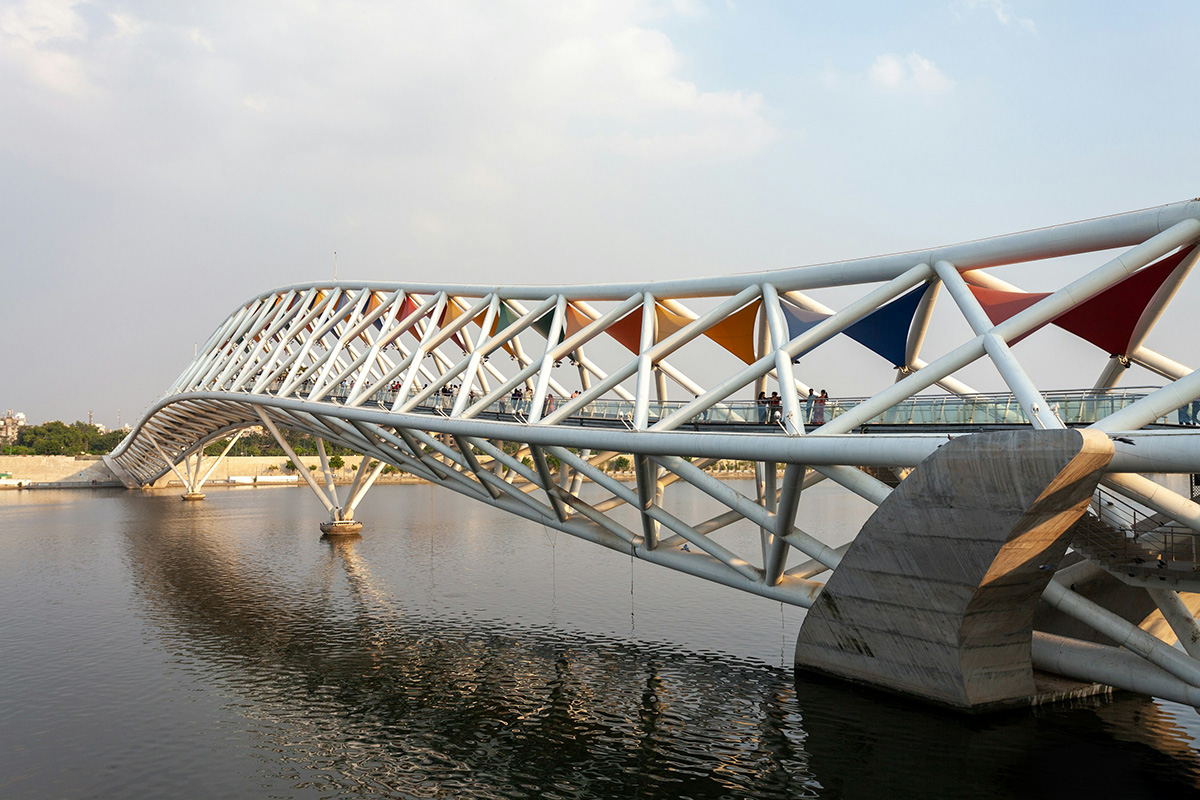At 5pm, on Monday 18 July 1904, a Scottish professor of biology stood up to read a paper at Clare Market, London University, in front of an assembly of illustrious city reformers. In the Chair was the famous Rt Hon Charles Booth FRS and among the audience was Ebenezer Howard, founder of the Garden City Movement. They all sat in anticipation, eager to hear what they know will be radical ideas put forward by this professor with his unkempt hair and long beard.
That speaker was Patrick Geddes and that evening, perhaps unknowingly, he established a line of thought in planning and design, that would resonate around the world for the next one hundred and sixteen years. His theoretical perspective is more relevant today than ever.
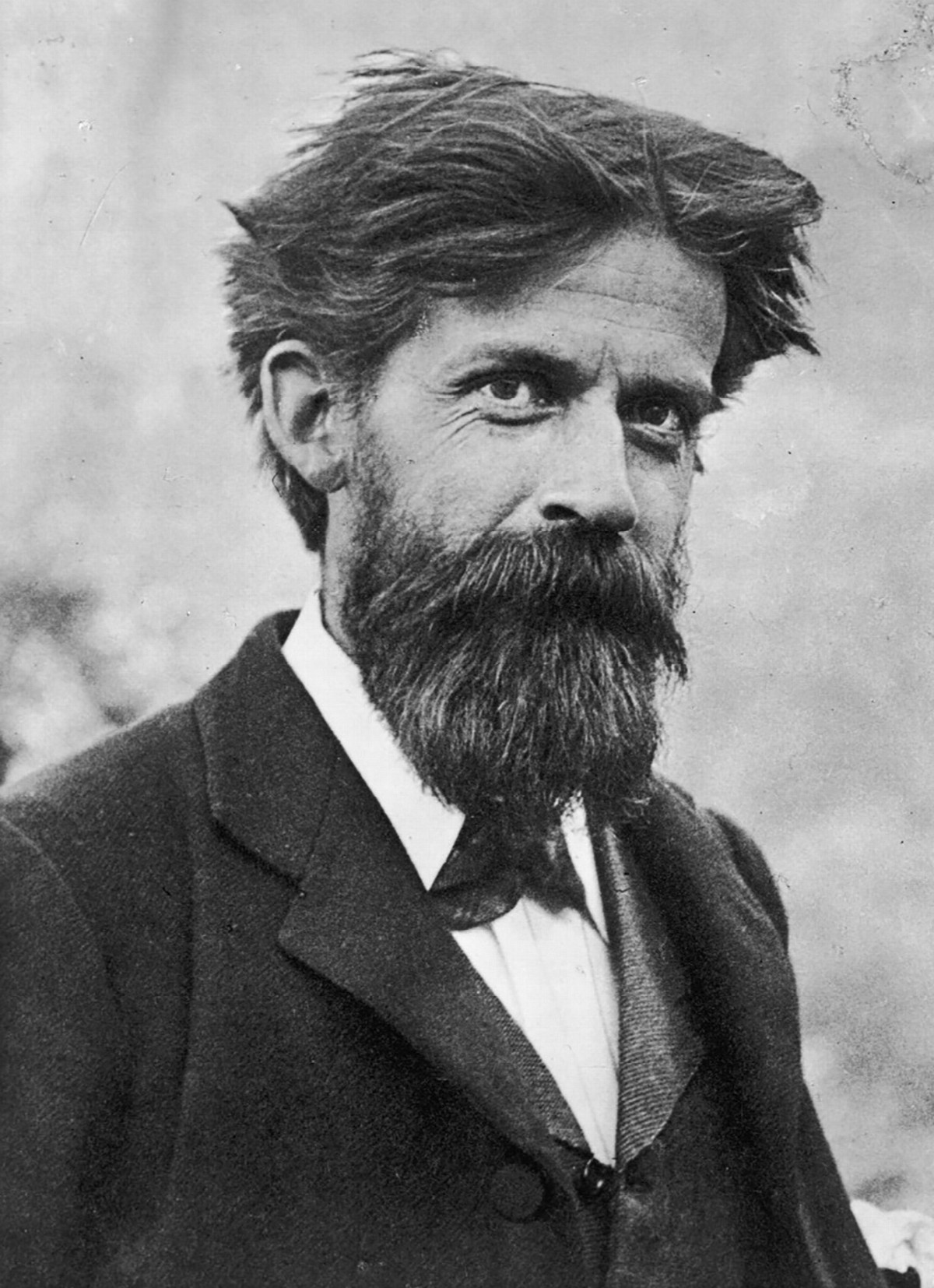
Geddes tells the story of a city, one that starts hundreds of miles away as he describes, “… pastoral hillsides, below scattered arable farmland and sparsely dotted hamlets, leads us to the small upland villages of the main valley: from this, one descends to the large and prosperous village of the foothills and its railway terminus, where the lowland and the highland meet; while central to the broad agricultural valley with its slow meandering river, stands the prosperous market town. A day’s walk further down, and at the convergence of several such valleys, stands the larger county town. Finally, at the mouth of its estuary, rises the smoke of a great manufacturing city, a central world market in its way…
“By descending from source to sea, we follow the development of civilisation, from its simple origin to its complex resultants; nor, can any element of this be omitted.”
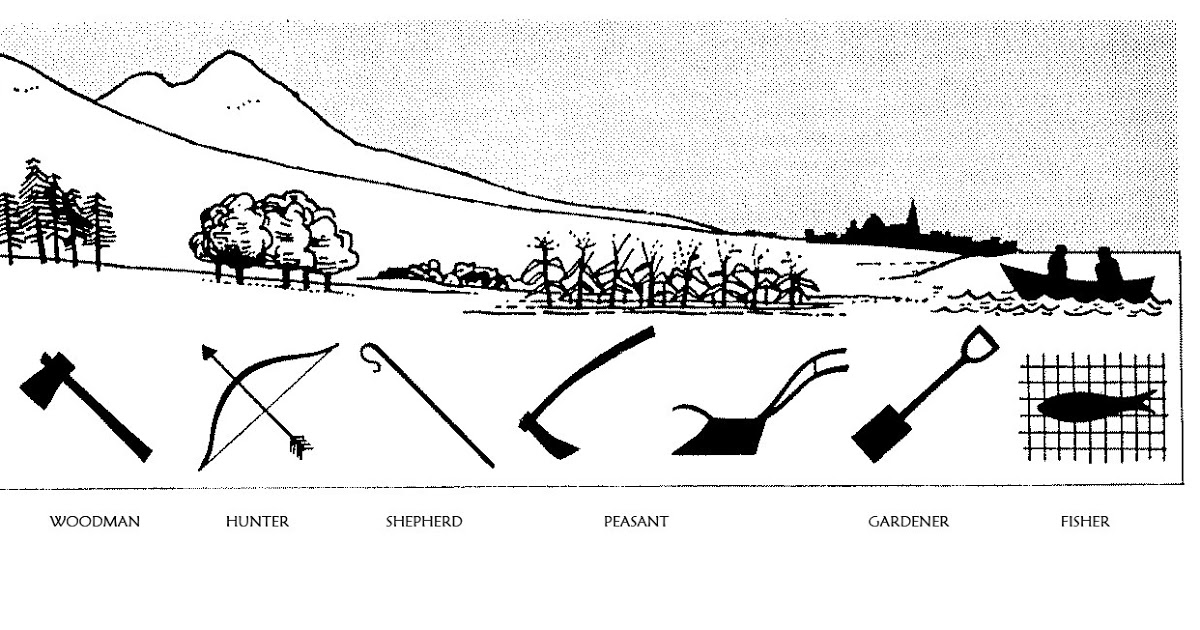
In a few sentences, Patrick Geddes outlined his now well-known concept of the Valley Section. This Valley Section concept made the compelling case for expanding our notion of cities to way beyond their official city boundaries. The city and its region are in a symbiotic, mutually dependent relationship. One cannot know the city without firstly understanding its relationship with its city region.
Geddes continues, “But a city is more than a place in space, it is a drama in time.” And so he conveys the story of Edinburgh: “The impressiveness of the aspect of Edinburgh to its visitors is thus not merely pictorial. The royal and noble castles of the Middle Ages become, during the Renaissance period, palaces, while with the Industrial Revolution, they have become replaced by factories or transformed into breweries. The mainstream of intellectual thinking, once concentrated in the medieval abbey, becomes transferred to the Reformation hall of theology, then to the Renaissance college; and again, in the English Revolution period, is largely taken over by the group of thinkers called the Encyclopaedists, of whom David Hume and Adam Smith were the most eminent. Nor are later developments less obvious. Of the following generation, we have the neo-classic Architecture, while of the next generations, the new Gothic monument of the writer Sir Walter Scott. The later period of free market Liberalism, the heroic enthusiasm of the British Empire, have each left their mark; and now in the present stage of social evolution, that of Finance, the banks, the financial companies, and the newspapers, are all having their turn as monument builders. Edinburgh is thus the most condensed example, the visible microcosm of the social evolution which is manifest everywhere in the city.”
Today, all architectural and planning students know too well that we begin with research and surveying, before embarking on a project. This practice and the dictum “survey before plan” stems from Patrick Geddes. Geddes likens a city region to a living organism where every part is related to the other parts. The unbroken lineage of cultural developments and building constructions from the past, leads us to successful future developments. Understanding the relationships between the city and its region, the past, present and future, the rich and intricate relationships between culture and the built environment, is the prerequisite for undertaking any urban project.
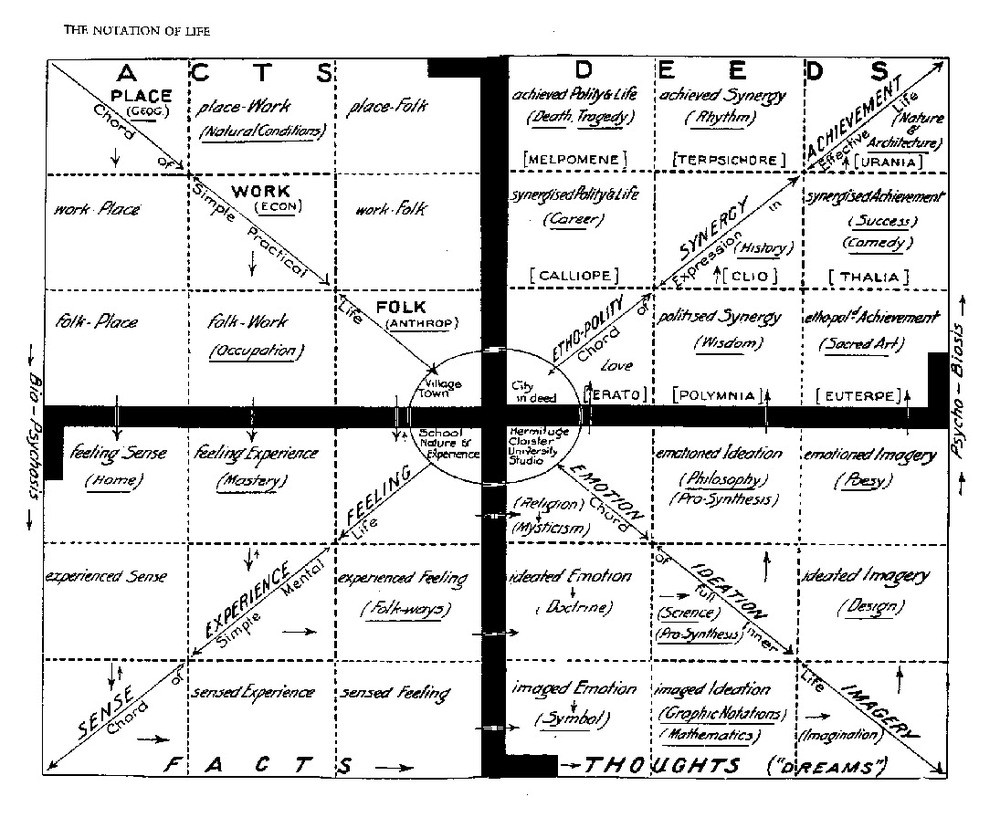
It was a stroke of genius, understanding the inseparable link between cultural tradition, ecological concerns, and city development, and how that offers a decent future for all. Geddes calls this Synoptic Vision, and is contrary to the prevailing tendency to break down the study of cities into isolated subjects, such as transport, economics, infrastructure and housing.
So far, so good. But looking at the past and present of the city is not enough. What about the future? The key issue is to indicate the practicable alternatives, and to select and define from these options the legitimate futures, possible in a given city. For Geddes, the answer lies in communicating with citizens through a participatory process. Once civic pride is ignited, citizens are only too willing to take up the task of city making.
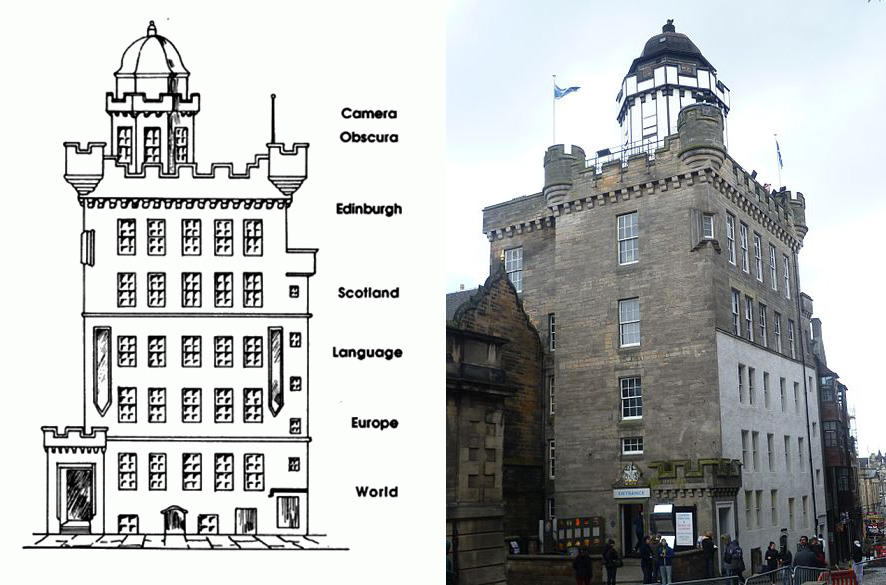
Geddes was more than a thinker. He applied his thinking to his practice in a profound manner. He bought and transformed the Outlook Tower in Edinburgh, which was originally built in 1892 near the Castle end of the Royal Mile in the Old Town. Its opening was a milestone in the history of urban design. The Outlook Tower features a real time regional observation experience, deploying an optical device called the “camera obscura”. It also contains an exhibition of the city region that publicises the latest survey results and research findings as well as presentations of city improvement proposals, and there are venues used for citizen participation events.
Once citizens have seen Edinburgh through the “lens” of the Outlook Tower, they are able to understand the value and beauty of their ancient city. With that, there comes the realisation that improving the city incrementally is far better than wholesale demolition and redevelopment of city districts, which destroys valuable social assets and relationships.

Inspired by Geddes, the citizens of Edinburgh have voluntarily taken on the task of improving their city, starting with public spaces. They have transformed many underused outdoor spaces into public gardens, big and small. They have renovated dilapidated tenement buildings. Geddes bought and saved many of these old tenement buildings, which were adaptively re-used as university student accommodation. He calls this process “Conservative Surgery”.
From 1883 onwards, Geddes invited people from all over the world to come to Edinburgh to discuss matters of culture, the arts and the city. This annual event, The Summer Meeting of the Arts and Science, was the precursor to the present day global cultural event, the Edinburgh Festival.
Geddes is now regarded by many as the father of citizen participation, and is renowned for his theories based on the "autonomous community" and “bottom-up” planning. He pioneered the place-making approach, was founder of the urban conservation movement and originated the phrase, “Think Global, Act Local”. But where did these ideas come from? Geddes’ ideas stem from a common origin and some little-known histories are hidden in this backstory.
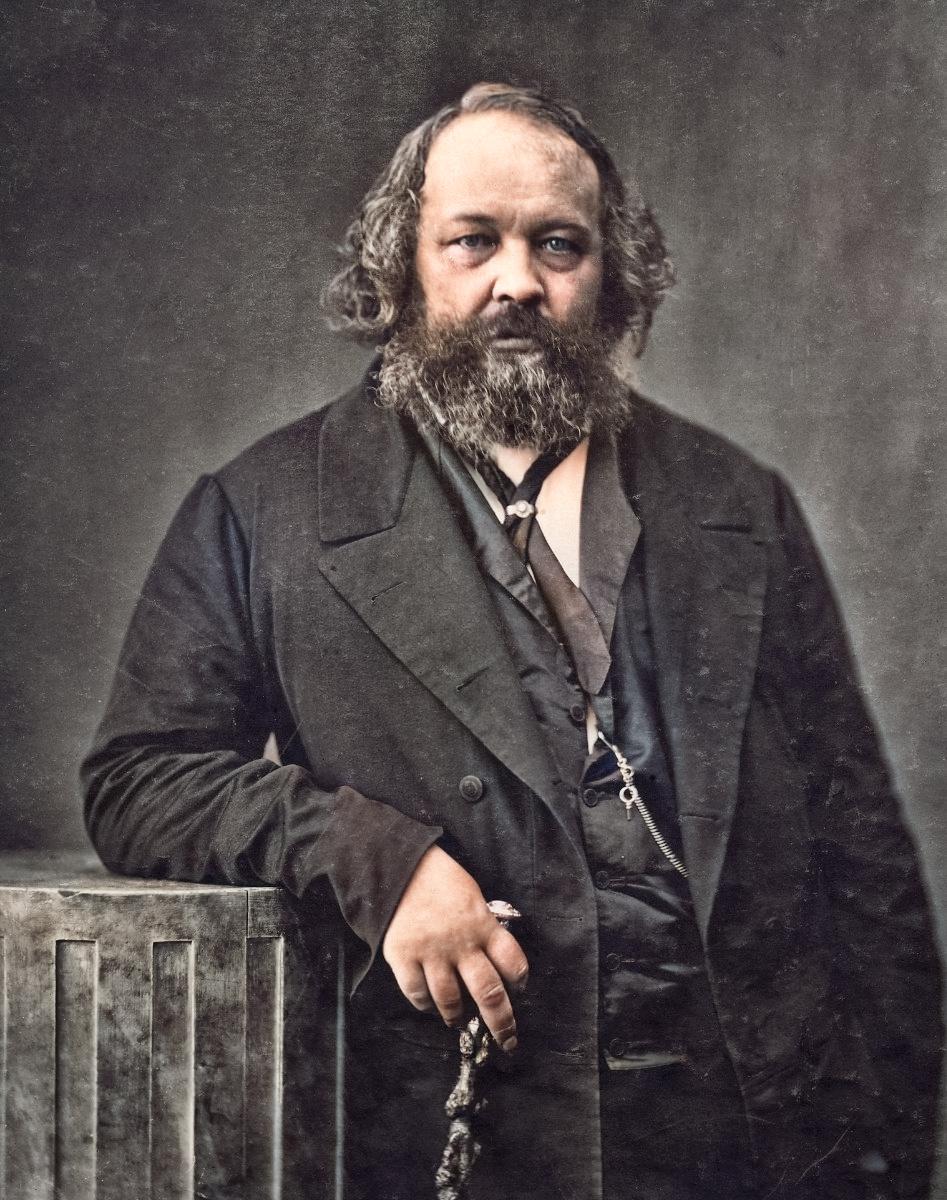
The late Professor Sir Peter Hall at UCL attributes Geddes’ thinking to the influence of the Russian emigre Kropotkin and French geographer Reclus. Kropotkin and Reclus were Communists in the Anarchist tradition. Both Kropotkin and Reclus met Geddes many times in the 1880s and 1890s. They wrote to each other frequently, exchanging ideas incessantly. Both Kropotkin and Reclus were followers of the Communist anarchist tradition of Michael Bakunin. Bakunin’s influence waned following a major rift with Karl Marx concerning their respective political strategies, during the first Communist International at The Hague Congress in 1872. He was subsequently airbrushed out of official European communist history. Geddes’ concept of the city region with self-organising communities that would generate a new craft and ecological based civilisation, as an antidote to the dehumanising and alienating impact of industrial society, harks back to Bakunin’s thinking. Geddes’ references to the seemingly archaic world of pastoral life, the arts and crafts, and historic traditions thriving side by side with modern industry is deliberate. Geddes is the descendent of this lost lineage of the communist movement. His “eutopia” is where humanity lives a rich cultural existence, in harmony with nature, and benefits from the fruits of modern industrialisation without being enslaved by it.
In 1914, Geddes travelled to India at the invitation of the British Government. He worked feverishly, producing plans for over 30 cities in British India, applying his Conservative Surgery approach. He created new public open spaces, rehabilitated old districts, and constructed only the most essential infrastructure for hygiene and services. He argued that this approach was more cost effective, complies with the same public health standards, and allows local culture to evolve.
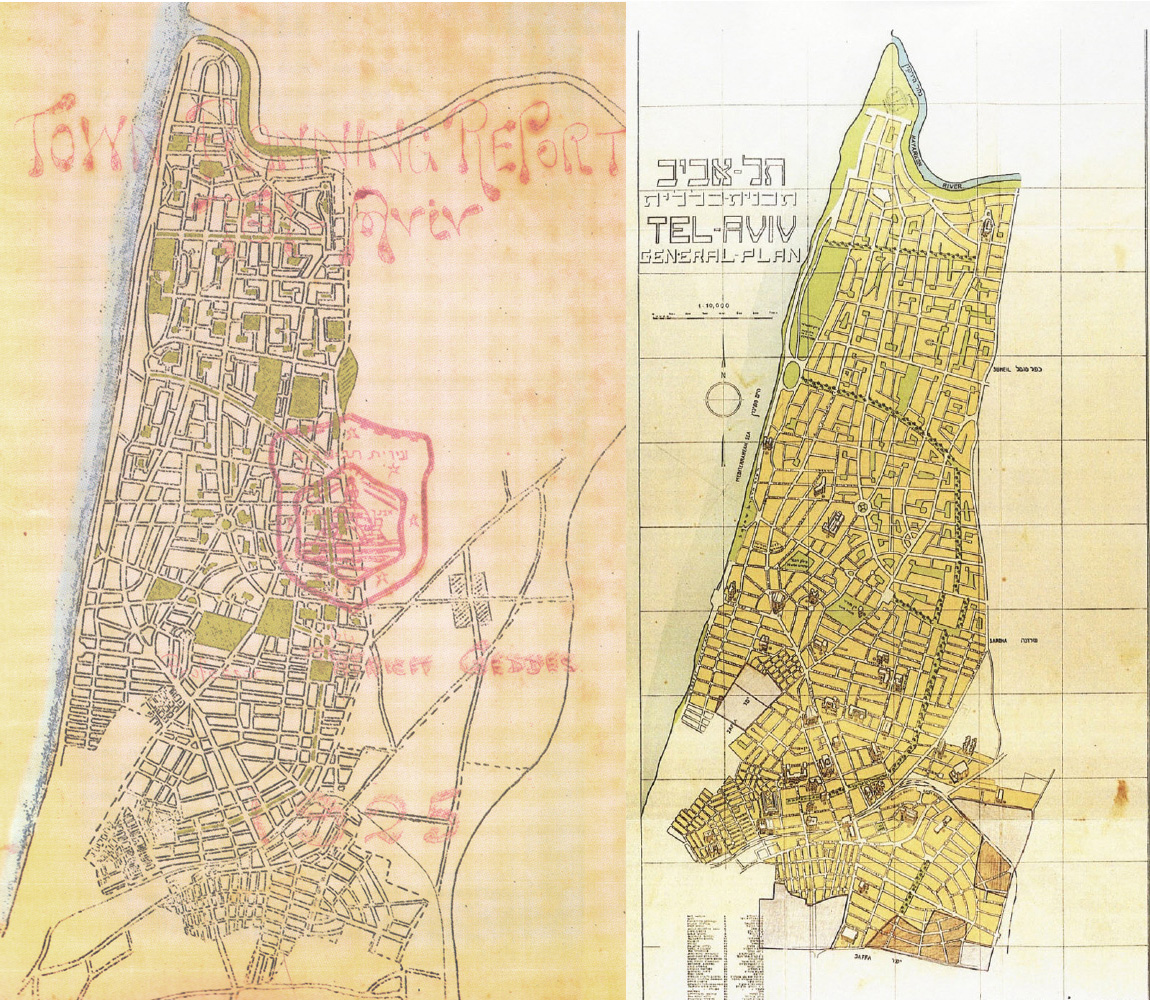
Unsurprisingly, his approach went down like a ton of bricks among the colonials. The British colonial engineers in the Public Works Departments, who prided themselves on their capability to bring modernity, hygiene and order to these cities through wholesale demolition of slums, and by building new sewers and roads, detested him. They thought he was mad.
The architect Sir Edwin Lutyens, also in India at the time, was building the new capital New Delhi, and denounced Geddes in 1914, as “A crank who doesn’t know his subject. He talks a lot, gives himself away, and then loses his temper.”
Geddes went on to work in the Middle East until 1923. He drew up plans for many ancient and modern cities in Palestine.
He was knighted in 1932, and died in the same year. As Geddes was laid to rest, a rival approach to city making was already in ascendency. The International Congress of Modern Architecture (CIAM) argued for the concept of the Functional City, as a doctrine for modernistic urban planning. Cities should be separated into four zones: living, working, recreation and circulation, based on its functions.
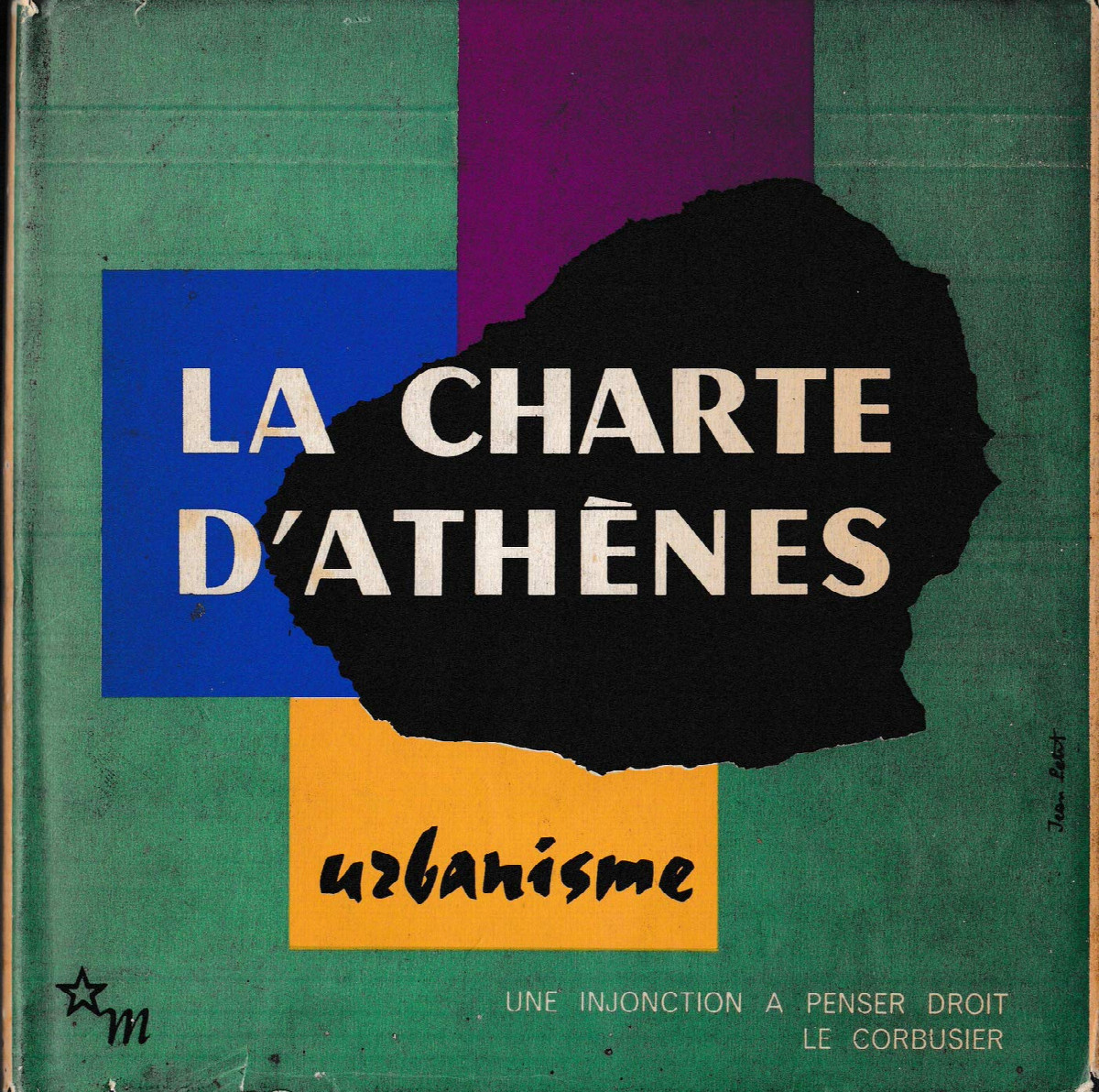
In 1933, the CIAM published the Functional City doctrine in Athens, and it rocked. The Functional City doctrine, with its no nonsense logic and clear order, was eagerly lapped up by city administrators the world over, and was adopted as the mainstream planning approach following the Second World War. Geddes’ biological, cultural and physical approach to city development was seen as woolly and incoherent. While he had great insights that have stood the test of time, he often contradicted himself and was terrible at articulating his theory. Mathematical, natural and social science theories at the time fell short in explaining why Geddes’ thinking was valid. The much simpler mechanistic approach to cities, proposed by the early CIAM congresses, and by many prominent modern architects of the time, including Le Corbusier, seemed far more convincing.
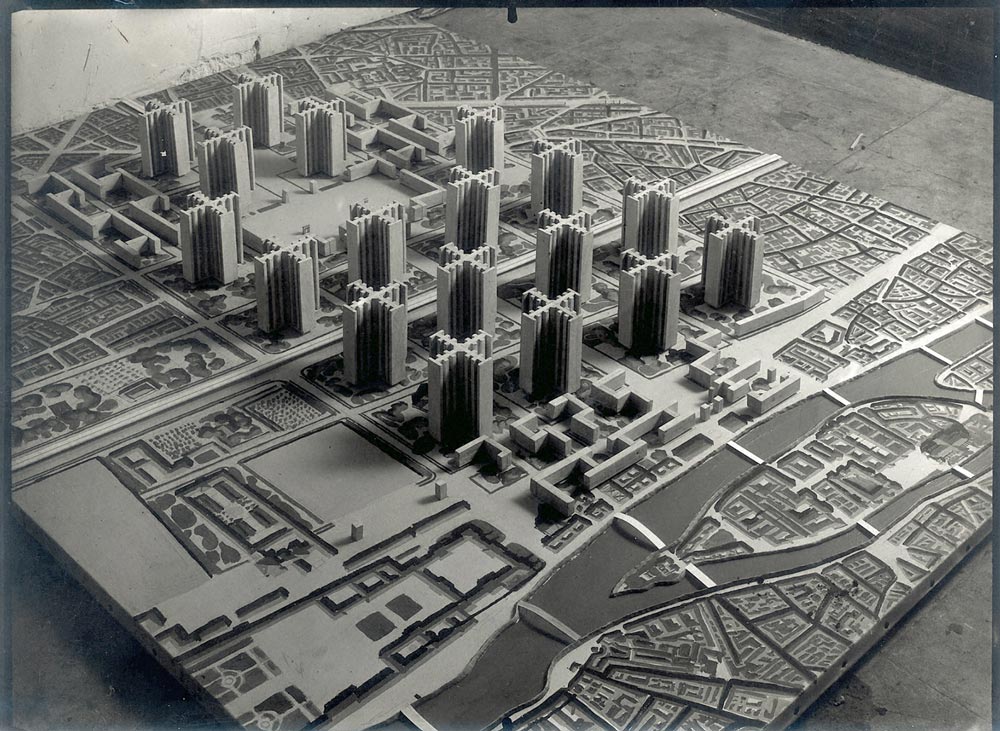
Geddes and his theories would have been forgotten, had it not been for a young American called Lewis Mumford.
Mumford first encountered Geddes’ work in 1914, when he was a student at the City College of New York. Mumford wrote in his notes “Geddes managed to rouse something in my soul that no one else had yet touched... Geddes believed that abstract thinking must be enriched by wider experience, clarified by reflective criticism, and completed by communal action.” Mumford made contact with Geddes and became his pupil. For the next 17 years they wrote numerous long letters to each other. Mumford eventually became the influential architectural critic at the New Yorker magazine. He articulated Geddes’ thinking in his many well-received books, such as the Culture of Cities and the City in History.
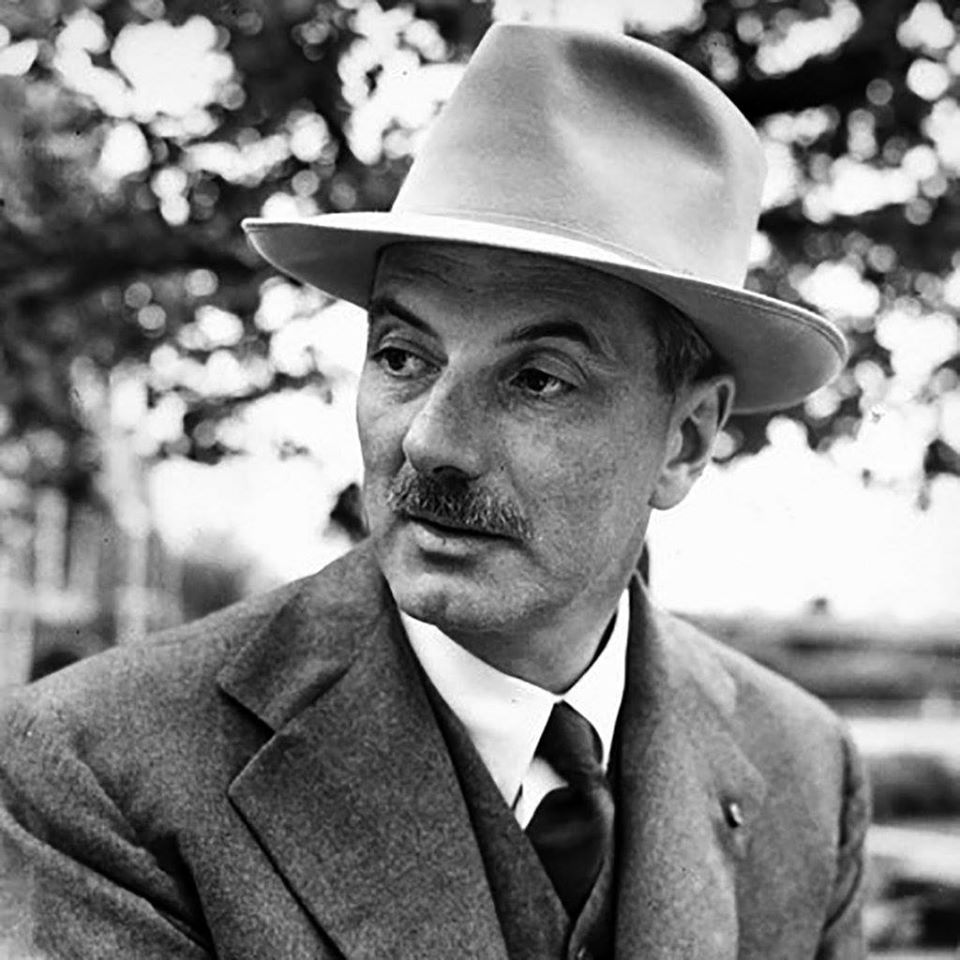
People began to realise that Geddes’ thinking might yet provide a new paradigm in planning. Geddes argued that cities and regions behave in an open ended, evolutionary process. As such, there is no end state and no equilibrium state. Consider the evolutionary process: an accumulation of tiny changes over time, leads to the major transformation of and adaptation by organisms. Taking the long term view, accumulations of many small changes made by citizens in bottom-up fashion, as a continuous process, will precipitate a more positive impact for the functioning of the city than one-off, top-down major actions.
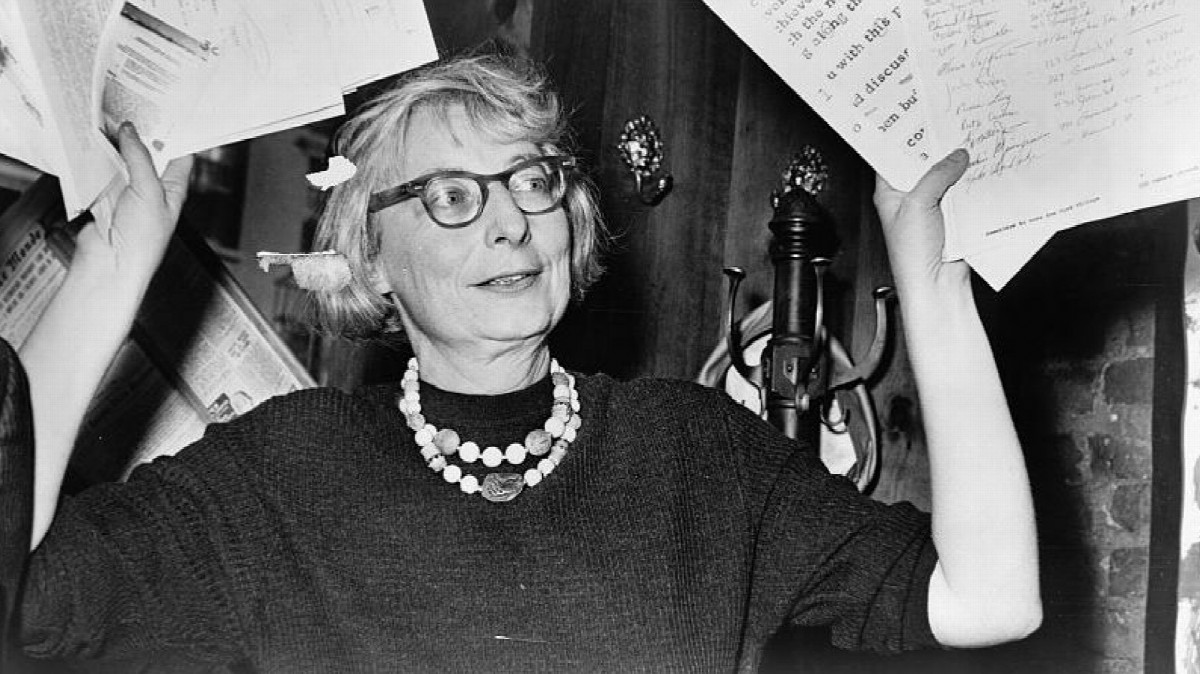
The organic approach to planning had a brief revival in the 1960s, through the writings and civic actions of Jane Jacobs, with respect to the issues of urban rehabilitation and conservation, and in her books on the city and its region, such as The Economies of Cities. Had Geddes been alive, he would almost certainly have smiled when reading the writings and the works of Christopher Alexander. He demonstrated the importance of the interacting relationships between elements in a city and its region, and the potential to empower citizens with synoptic patterns. He might have expressed enthusiasm over the works of some of Christopher Alexander’s followers, such as Wikipedia’s Jimmy Wales and Larry Sanger, and others who inhabit the Open Source and Crowd Funding movement. Geddes would be bemused by the handiwork of some of Christopher Alexander’s other followers, such as Apple’s Steve Jobs, I would pose.
Today, in the year 2020, mainstream paradigms such as globalisation and neoliberalism are coming under scrutiny, proving unable to tackle the biggest challenges to humanity, such as climate change, inequalities, and the domination of artificial intelligence. It is now commonly accepted that humanity is long overdue a reset.

The Synoptic Vision of Geddes offers a fresh frame of mind for us to consider a brighter future, that humanity can co-exist with nature, artificial intelligence, and flourish. The complexity science approach to planning, proposed by professor Michael Batty at the Centre for Advanced Spatial Analytic at UCL, comes straight out of the Geddes play book. Complexity science helps us understand the complex, open, and evolutionary systems in cities that encompass their historical, cultural, social, economic, physical and environmental components. With the advent of quantum superiority in computing and developments in fractal mathematics, one can model the interactive relationships between these numerous facets that shape cities and understand how to work with their evolutionary processes. Developments in fractal mathematics and the study of morphology, as well as evolutionary biology are helping us understand how to work with cities. I highly recommend reading a paper written by Michael Batty on Patrick Geddes and complexity science in planning, and his latest book, Inventing Future Cities.
I am ending this talk with a quote from Geddes: “Yet the leaf is the chief product and phenomenon of Life: this is a green world, with animals comparatively few and small, and all dependent on the leaf. By leaves we live. Some people have strange ideas that they live by money. They think energy is generated by the circulation of coins. Whereas the world is mainly a vast leaf colony, growing on and forming a leafy soil, not a mere mineral mass: and we live not by the jingling of our coins, but by the fullness of our harvests.”






